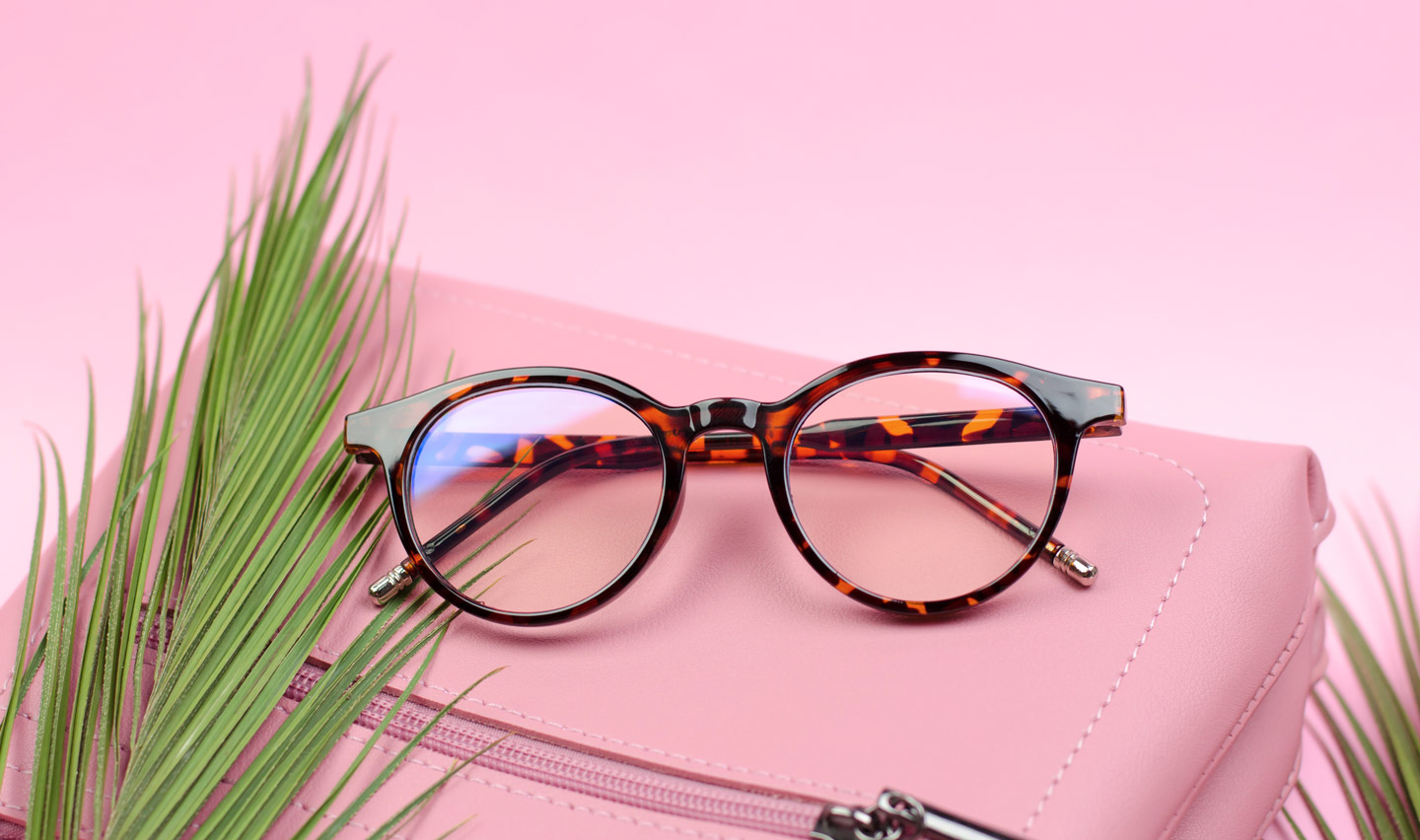 When it comes to the lenses in glasses, eyewear manufacturers use different materials for different purposes. This could be glass, plastic or Trivex, to name a few. But each option comes with advantages and disadvantages for the wearer. One, in particular, is the misconception that stronger optical prescriptions equal thicker lenses. However, with higher-index lenses, this is no longer a problem as lenses with a higher index create a lighter, thinner, more attractive lens.
When it comes to the lenses in glasses, eyewear manufacturers use different materials for different purposes. This could be glass, plastic or Trivex, to name a few. But each option comes with advantages and disadvantages for the wearer. One, in particular, is the misconception that stronger optical prescriptions equal thicker lenses. However, with higher-index lenses, this is no longer a problem as lenses with a higher index create a lighter, thinner, more attractive lens.
To provide some more insight on this topic, we’re focusing this article on high-index lenses: what are they, the available types and which high-index lens is best for you.
What Are High-Index Lenses
The lens within glasses is the essential part that helps correct our vision and lets us see more clearly. The lens achieves this in the way it’s made and how efficiently it can bend light to prevent it from passing through – this is called the refraction index (more on that below). All indexes work in the same way, but higher indexes have a better refraction rate, meaning they’re more effective at bending light and require less material.
High-index lenses are designed to provide ultra-slim and ultra-thin lenses for glasses wearers with stronger prescriptions. Removing the need for thicker lenses and offering a less-noticeable lens which is comfier and more versatile – fitting most styles of frames.
What is the refractive index?
As we mentioned, the refraction index refers to the amount of light the material of the lens passes through. A refractive index is a number issued based on how quickly light moves through the weight/thickness of the material and how efficiently it bends light. Stronger prescriptions often require a higher refraction index to support their prescription needs and, therefore, a higher indexed lens.
What are the different index lenses?
Just to add another level of complexity, high-index lenses can be categorised by different gradients. This then earns them their index number.
1.5 index lenses
These are standard, mid-index lenses. They’re probably the most common index in lenses as they suit wearers with low prescription requirements between +1.00 and -2.75. As the prescription isn’t too high, they’re considered a more affordable option but tend to have a thicker lens. Due to this, they’ll be slightly heavier and are best suited to full-rimmed glasses frames that can easily support them.
1.6 index lenses
1.6 is considered a high-index lens and is 20% thinner and lighter than the standard index lens (1.5). They are designed to support wearers with stronger optical prescriptions between +3.00 and -5.75. However, the lighter material makes them more comfortable and minimises the bulky look you can get with thicker lenses. This also means they fit into most styles of glasses frames.
1.67 index lenses
Similarly to 1.6, 1.67 offers the same lightness and comfort for the wearer. Again, the lens is slimmed down, making it easier to work with any type of frame and creating an aesthetically pleasing finish. Lenses with a 1.67 index are 33% thinner than 1,5 and enhance the vision for those with a +4.75 to -6.75 prescription requirement.
1.74 index lenses
Amazingly, 1.74 index lenses are 45% slimmer than standard lenses. This dramatically reduces the weight of your glasses, providing ultimate comfort without diminishing your visual clarity. The lens at this index is noticeably thinner, complementing all glasses frames and prescriptions of +5.00 to -7.00.
1.9 index lenses
Our highest index lenses are made from a special type of glass, as glass tends to have a higher refractive level than plastic. 1.9 lenses are (currently) the thinnest and lightest possible lens for strong prescriptions and are designed to provide precise visual clarity and comfort no matter what style of frames you prefer.
Which Index Lenses Are Best For Me?
The easiest way to determine which index lens is right for you is to look at your prescription. If you’re short-sighted (you struggle with seeing items far away) and the minus number on your prescription is strongest, then a high-index lens would work for you. This includes our highest index level, 1.9, which is made from glass and sharpens your focus with an ultra-thin and ultra-light lens.
If you’re long-sighted (you struggle to see items nearby) and the plus number on your prescription is stronger, you would suit a mid to high lens index. Our 1.67 and 1.74 indexes are both made from plastic to provide comfort, style and pristine vision.
The Benefits of High-Index Lenses
Thinner lenses
Slimmer lenses are created with double aspheric lenses, which is a curve on both the front and rear of the lens surface. This doesn’t impact the properties and effectiveness of the lens but produces a thinner profile. This reduces the bulky look of glasses as well as the weight of the lens.
Lighter lenses
By reducing the weight of the lens, you also reduce the overall weight of the glasses. This offers a more comfortable fit for the wearer, especially those who have to wear glasses all day. Lighter glasses help minimise headaches and pressure points.
More available options
Imagine you find a pair of glasses you love; however, you need a strong prescription, and the frames you want can’t hold the weight of the lens. With high-index lenses, they’re often light enough to accommodate any type of frame. They can also be applied to tinted, polarised and transitional lenses to suit your style.
Ultimate comfort
High-index lenses offer an overall positive experience for glasses wearers. They don’t sit heavy on your nose or ears, removing any pressure points or the weight of them to slide down your nose. Their thinner appearance also appeals to a lot of wearers,
Lensology’s High-Index Lenses
We provide a range of lens indexes to suit your prescription requirements. Whether you’re looking to update your prescription sunglasses or everyday frames, we can fit our high-quality, super thin and super light lenses into any style of glasses. Our high-index lenses are suitable for the following:
- Single Vision Clear Lenses
- Single Vision Tinted Lenses
- Single Vision Polarised Lenses
- Single Vision Transition Lenses
- Single Vision Sun-Reactive Lenses






